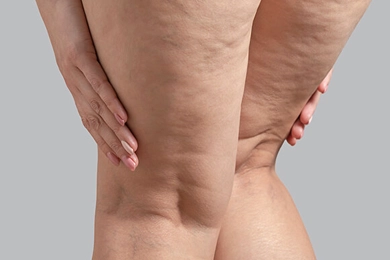
A persistent medical condition called lipedema is sometimes confused with lymphedema or simply obesity. It is mainly affecting women and is characterized by an abnormal build-up of fat, usually in the arms and legs. Early detection of lipedema can greatly enhance quality of life by facilitating prompt treatment. In order to get the proper medical care, we'll teach you how to recognize the signs of lipedema in this article.
A condition known as lipedema occurs when fat accumulates disproportionately in particular bodily parts, causing discomforts such as pain and swelling. Lipedema fat is different from regular weight gain in that it is not effectively controlled by diet or exercise, and it usually gets worse with time.
The following are the key indicators that you may have lipedema if you are unsure:
Distribution of Fat
Excess fat usually accumulates in the legs, thighs, hips, and occasionally the arms in patients with lipedema. The feet and hands are frequently unaffected, resulting in a noticeable "bracelet" or "cuffing" impression around the wrists and ankles. This asymmetry in the distribution of fat can make the legs look columnar.
Symmetry
The fact that lipedema equally affects both sides of the body is one of its defining characteristics. A symmetrical accumulation of fat in your arms or legs may indicate lipedema.
Sensitivity and Pain
Not only is lipedema fat unsightly, but it can also cause pain when touched. Even with light pressure, many lipedema patients describe sensitivity, pain, or discomfort in the affected areas.
Easily Bruised
The tendency of the skin in the afflicted areas to bruise readily is another sign of lipedema. The aberrant fat tissue's brittle blood arteries are to blame for this.
Swelling
People with lipedema frequently experience arm or leg swelling, particularly after prolonged standing or sitting. Usually, the edema does not go away instantly and may continue even with rest or elevation.
Difficulty Losing Weight
This could be an additional indication of lipedema if you have had trouble losing weight, particularly in your arms or legs, even after eating and exercising. It is quite difficult for people with this illness to reduce fat in the afflicted areas using conventional weight-loss techniques.
Since lipedema develops in phases, knowing where you might fall can aid in diagnosis:
Many lipedema sufferers receive incorrect diagnoses of lymphedema or obesity. Lipedema fat does not go away with weight loss, in contrast to ordinary obesity, and it affects both sides of the body symmetrically, unlike lymphedema.
If you identify with any of the above symptoms, it's critical to speak with a medical expert who has experience with lipedema diagnosis and treatment. A timely diagnosis can help you better manage your symptoms, feel less discomfort, and move around more easily.
In summary
“Although lipedema is a poorly known and sometimes disregarded ailment, being aware of its warning signs and symptoms can help in early detection and improved treatment of the condition. Do not wait to see a doctor for a full assessment if you believe you may have lipedema.”
We want to provide you the tools you need to take charge of your health and choose the right treatment for you by providing this information.
 Factors Exacerbating Lipedema: Triggering Drugs, Foods, and Supplements
Factors Exacerbating Lipedema: Triggering Drugs, Foods, and SupplementsLipedema is a common chronic condition, particularly among women, that leads to abnormal fat accumulation in areas such as the legs and hips, significantly reducing the quality of life. This article discusse ...
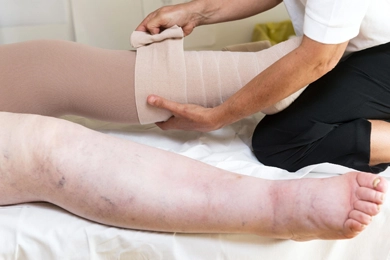 Understanding the Distinctions Between Lipedema and Lymphedema
Understanding the Distinctions Between Lipedema and LymphedemaLipedema and lymphedema are often confused due to their similar names and some overlapping symptoms. However, they are distinct medical conditions with different causes, treatments, and management strategies ...
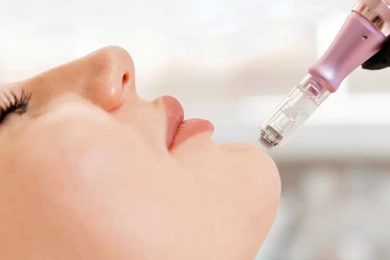 What is the Best Source of Exosomes?
What is the Best Source of Exosomes?Exosome therapy has emerged as an innovative treatment method for skin rejuvenation, hair loss prevention, wound healing, and immune support. The effectiveness of exosomes depends heavily on their source, ex ...
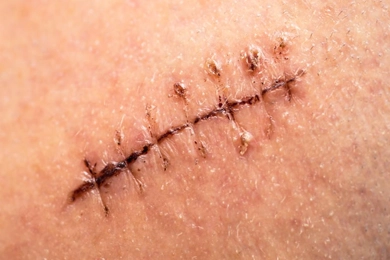 What Can Be Done to Prevent Stitch Scars?
What Can Be Done to Prevent Stitch Scars?Stitches, used after surgeries or injuries, help the skin heal but can often leave unwanted scars behind. The permanence of stitch scars depends on many factors, but with the right precautions, these scars c ...
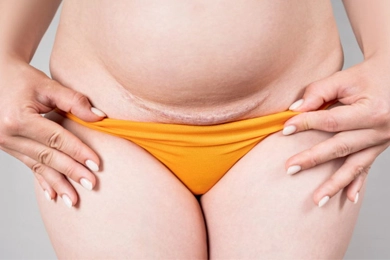 How to Get Rid of Surgical Stitch Scars?
How to Get Rid of Surgical Stitch Scars?After surgery, scars from stitches are often part of the healing process. These scars can cause aesthetic concerns for many, but with the right treatments, their appearance can be significantly reduced. So, ...
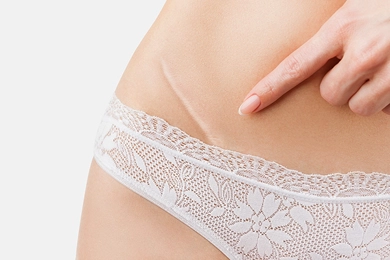 How Does Stem Cell Therapy Reduce Surgical Scars?
How Does Stem Cell Therapy Reduce Surgical Scars?Surgeries are often vital steps to improve health, but they can leave behind scars that are particularly bothersome for those with aesthetic concerns. Traditional treatments may not always be effective enoug ...
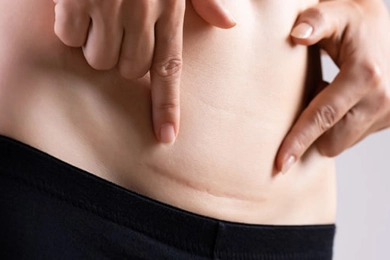 Does Stem Cell Therapy (SVF) Prevent Scar Formation on the Skin?
Does Stem Cell Therapy (SVF) Prevent Scar Formation on the Skin?Scarring is a natural part of the body’s healing process after injuries, surgeries, or trauma. However, excessive scarring can sometimes lead to aesthetic concerns or functional limitations. Recent studies s ...
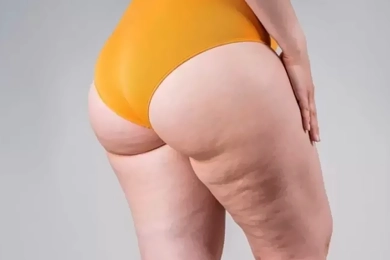 Advantages of Having Lipedema Surgery in Turkey
Advantages of Having Lipedema Surgery in TurkeyTurkey has become a global hub for lipedema surgery due to its skilled surgeons, modern facilities, and affordable healthcare options. In this post, we’ll explore the advantages of having lipedema surgery in ...
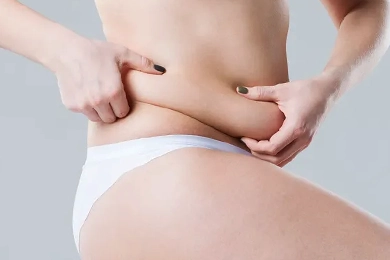 Why You Should Get a Tummy Tuck in Turkey
Why You Should Get a Tummy Tuck in TurkeyWhen considering a tummy tuck (abdominoplasty),selecting the right country for the procedure is crucial. Turkey has emerged as one of the top destinations for medical tourism, especially in the field of cosm ...
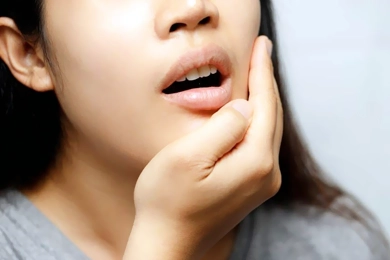 What Causes Teeth Grinding?
What Causes Teeth Grinding?Teeth grinding, also known as bruxism, is a common issue that can affect both children and adults. This involuntary habit usually occurs during sleep but can also happen during the day. If left untreated, te ...
 Is There an Age Limit for Facial Stem Cell Therapy?
Is There an Age Limit for Facial Stem Cell Therapy?Facial stem cell therapy has become a popular option for those looking to rejuvenate their skin and combat signs of aging. This innovative procedure involves using a patient’s own stem cells to stimulate col ...
 Does Stem Cell Facial Rejuvenation Cause Cancer?
Does Stem Cell Facial Rejuvenation Cause Cancer?Stem cell facial rejuvenation has emerged as a cutting-edge anti-aging treatment in recent years. This procedure uses stem cells extracted from the patient's own body, which are then processed and injected i ...
 How Long Do the Effects of Facial Stem Cell Therapy Last?
How Long Do the Effects of Facial Stem Cell Therapy Last?Facial stem cell therapy has gained significant popularity in recent years as a powerful anti-aging treatment. By using stem cells from the patient's own body, this procedure helps rejuvenate and refresh the ...
 Are HIFU Results Permanent?
Are HIFU Results Permanent?High-Intensity Focused Ultrasound, commonly known as HIFU, has gained popularity as a non-surgical treatment for skin tightening and lifting. But one of the most frequently asked questions is: Are the result ...
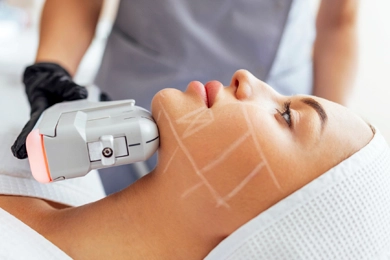 How Long Do the Effects of Non-Surgical Face Lifting (HIFU) Last?
How Long Do the Effects of Non-Surgical Face Lifting (HIFU) Last?Non-surgical face lifting methods, especially HIFU (High-Intensity Focused Ultrasound),have become a popular choice for skin tightening and rejuvenation. But one of the most common questions is: how long do ...
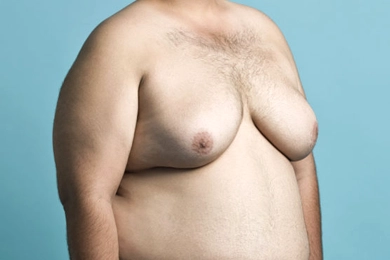 How to Know If You Have Gynecomastia?
How to Know If You Have Gynecomastia?If you suspect you have gynecomastia, it’s important to consult a healthcare professional. Your doctor will perform a physical exam, evaluate your medical history, and may order blood tests to assess hormone ...
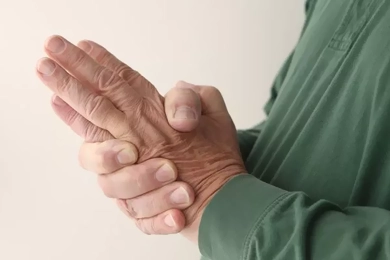 How to Prevent Inflammation?
How to Prevent Inflammation?Have you ever thought about why we age? While aging is a natural process, recent research has shown a surprise component that accelerates it: chronic inflammation. ...